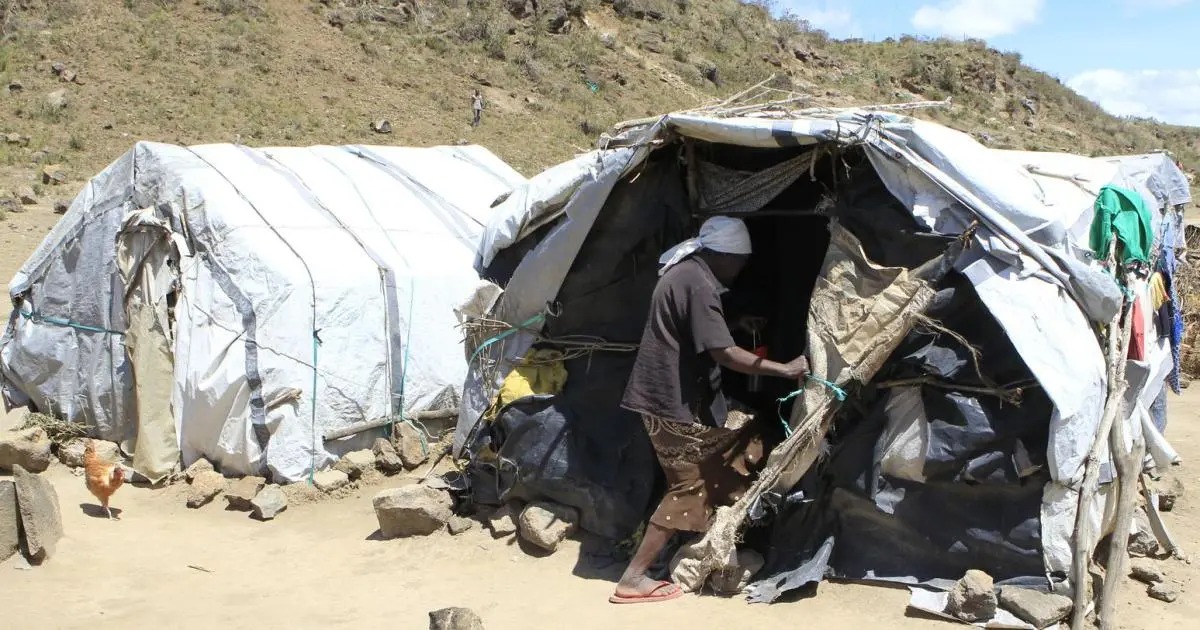Introduction
The N3 closure southbound after Market Road in KwaZulu-Natal caused major travel disruptions on November 6, 2025. A burnt truck forced authorities to block the highway while recovery and cleanup took place. For many drivers, the route is a lifeline connecting Durban and Johannesburg. When traffic halts on this key corridor, the ripple effects stretch from local commuters to long-haul logistics. This article delivers verified information, practical safety advice, and guidance on how to plan your route until traffic fully normalizes. Staying informed and calm can turn a stressful morning into a manageable delay.
N3 closure: Background and cause
The N3 closure originated after a heavy-duty truck caught fire southbound past Market Road, Pietermaritzburg. The intense blaze left the vehicle completely burnt out, prompting emergency services to block access for safety. Investigators suspect a mechanical failure or overheated brakes as the likely cause, although official confirmation is pending. Such fires create serious hazards—smoke, fuel spills, and damaged asphalt—which make it impossible to reopen lanes quickly. The closure was necessary to ensure the road surface could withstand traffic loads once recovery concluded, preventing secondary incidents later in the day.
N3 closure: Emergency response and coordination
Whenever an N3 closure occurs, coordination between multiple agencies is crucial. Firefighters handle active suppression while the Road Traffic Inspectorate and recovery contractors manage containment and cleanup. Engineers assess heat damage to the pavement and drainage systems. Once the vehicle is cleared, debris removal and surface cooling follow. A decision to reopen is based not on pressure but on roadworthiness. Authorities must ensure all hazards—including hidden embers or oil slicks—are eliminated. These structured procedures may seem time-consuming, but they guarantee safety for thousands of daily travelers along this vital trade artery.
N3 closure: Traffic diversion points
During the N3 closure, motorists were urged to exit before Market Road and reroute through surrounding local arteries. Recommended alternatives included the Old Howick Road and portions of the R103, both providing temporary relief routes. However, these detours quickly congested as drivers shifted off the highway. Transport officials advised patience and discouraged risky U-turns or driving on shoulders. Commercial transporters were encouraged to pause at rest stops until authorities cleared the southbound carriageway. By late afternoon, partial lane reopenings eased congestion, but caution remained the message of the day for all who traveled through the corridor.
N3 closure: Impact on logistics and freight
For South Africa’s freight network, the N3 closure was a costly setback. The N3 corridor moves thousands of tonnes of goods daily between Durban’s port and inland markets. When the route halts, delivery windows slip, supply chains back up, and cold-storage goods face spoilage risk. Logistics companies reported rerouting dozens of trucks through alternate highways, adding hours and fuel expenses. Fleet managers emphasized driver communication and schedule flexibility to absorb the delay safely. These incidents underline why transport planning software and predictive route analytics are becoming indispensable for large logistics operations nationwide.
N3 closure: Local commuter frustrations
Beyond freight delays, the N3 closure tested the patience of everyday drivers commuting between Pietermaritzburg and Durban. Queues stretched for kilometers, with some motorists stuck for more than an hour. The midday sun intensified discomfort for those without air conditioning or adequate water. Despite frustration, most drivers complied with officer instructions and avoided reckless overtaking. Social media buzzed with real-time updates, helping some commuters decide whether to wait or seek alternatives. Community cooperation—drivers sharing live locations and warnings—proved vital in reducing confusion and keeping morale steady amid the gridlock.
N3 closure: Safety guidelines during standstills
A sudden N3 closure can trap vehicles in stationary lines. Safety experts advise switching to park mode, keeping seatbelts fastened, and avoiding stepping into active lanes. Keep emergency triangles ready in case of breakdowns, and always maintain visibility by leaving hazard lights off unless you’re the last vehicle in view. For extended waits, turn engines off periodically to save fuel. Children and pets should remain buckled and shaded. Communication apps can help monitor live updates from authorities, ensuring you don’t rely on outdated information. A calm, alert mindset makes traffic jams far safer for everyone involved.
N3 closure: Community and business effects
An N3 closure extends beyond individual inconvenience. Local businesses reliant on highway traffic—service stations, logistics depots, roadside eateries—lose significant income during standstills. Taxi operators face route disruptions that affect daily earnings, while commuters miss work hours. The Pietermaritzburg Chamber of Business has long advocated for better contingency infrastructure, including rapid detour signage and temporary lanes during emergencies. This latest incident renews calls for modernized response systems and real-time alert networks. In a province where road transport dominates, resilience planning isn’t just optional—it’s essential for economic continuity.
N3 closure: Recovery progress and reopening
By late afternoon, recovery teams made steady progress clearing the burnt truck remains. The N3 closure gradually shifted to a single-lane operation under escorted traffic flow. Surface inspectors confirmed the road’s structural safety before allowing normal speeds. Motorists were reminded to expect residual slowdowns even after reopening, as heavy traffic needed time to equalize. Authorities commended motorists for patience and cooperation, emphasizing that recovery efficiency improves when drivers respect barricades and avoid speculation. The quick restoration underscored how well-trained response teams now manage incidents that once caused day-long disruptions.
N3 closure: Preventing future incidents
Preventing another N3 closure begins with mechanical vigilance. Truck operators must prioritize brake maintenance, tire pressure checks, and fire suppression readiness. High friction zones on long declines make overheating common, especially near Pietermaritzburg’s gradients. Installing onboard fire monitors and driver alert systems can dramatically cut ignition risk. For authorities, periodic safety audits and visible enforcement of weight and maintenance regulations could reduce the probability of future closures. Public awareness campaigns about safe driving behavior near heavy vehicles can further limit chain-reaction accidents that often follow an initial breakdown or fire.
N3 closure: Lessons for motorists
Every N3 closure teaches something about patience and preparedness. Carry water, check fuel, and keep basic tools in the trunk. Plan for contingencies on long routes—download offline maps in case mobile data drops. Sign up for official traffic alerts rather than relying solely on social feeds. Knowing what to do reduces panic when delays happen. The more motorists adopt defensive driving and proactive route planning, the less strain these events cause across the network. Smart road habits transform a frustrating jam into a controlled pause—and sometimes that mindset makes all the difference.
FAQs
Why was the N3 closure necessary?
The N3 closure followed a truck fire that damaged the road surface, requiring a complete shutdown for safety and cleanup.
Which areas were most affected by the N3 closure?
The N3 closure south of Market Road near Pietermaritzburg caused delays across KwaZulu-Natal and the Durban-Johannesburg corridor.
How can drivers avoid future delays from an N3 closure?
Stay updated through official apps and alerts; reroute early if a verified N3 closure notice is issued.
Conclusion
The N3 closure after Market Road served as a reminder that South Africa’s busiest highway remains vulnerable to unforeseen events. Through coordinated response, driver cooperation, and transparent communication, the disruption was contained without casualties. Going forward, vigilance from both fleet operators and private motorists can reduce such incidents. Awareness, respect for traffic laws, and a calm approach ensure that when the unexpected strikes, KZN’s roads remain resilient, and its drivers stay safe and informed.




